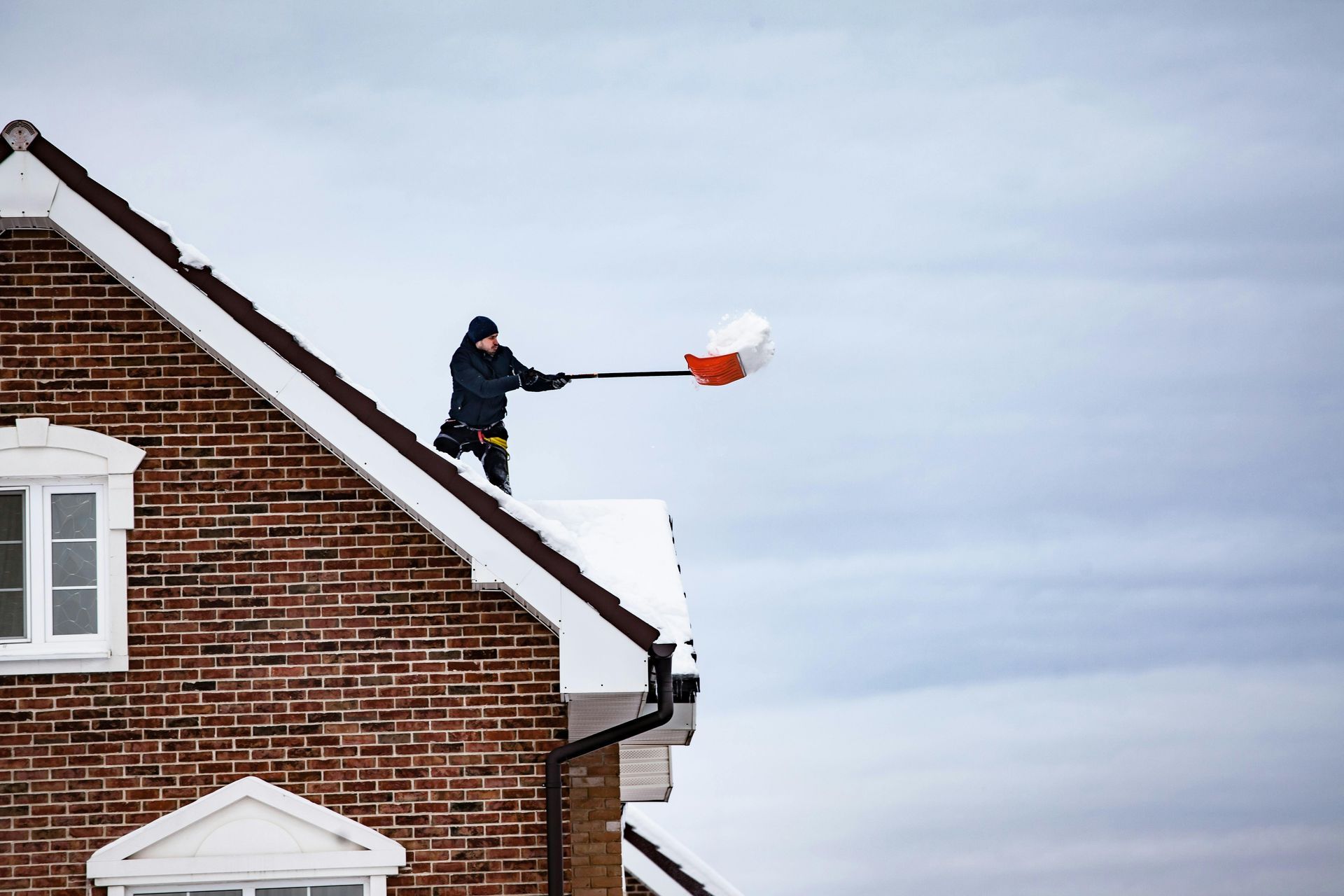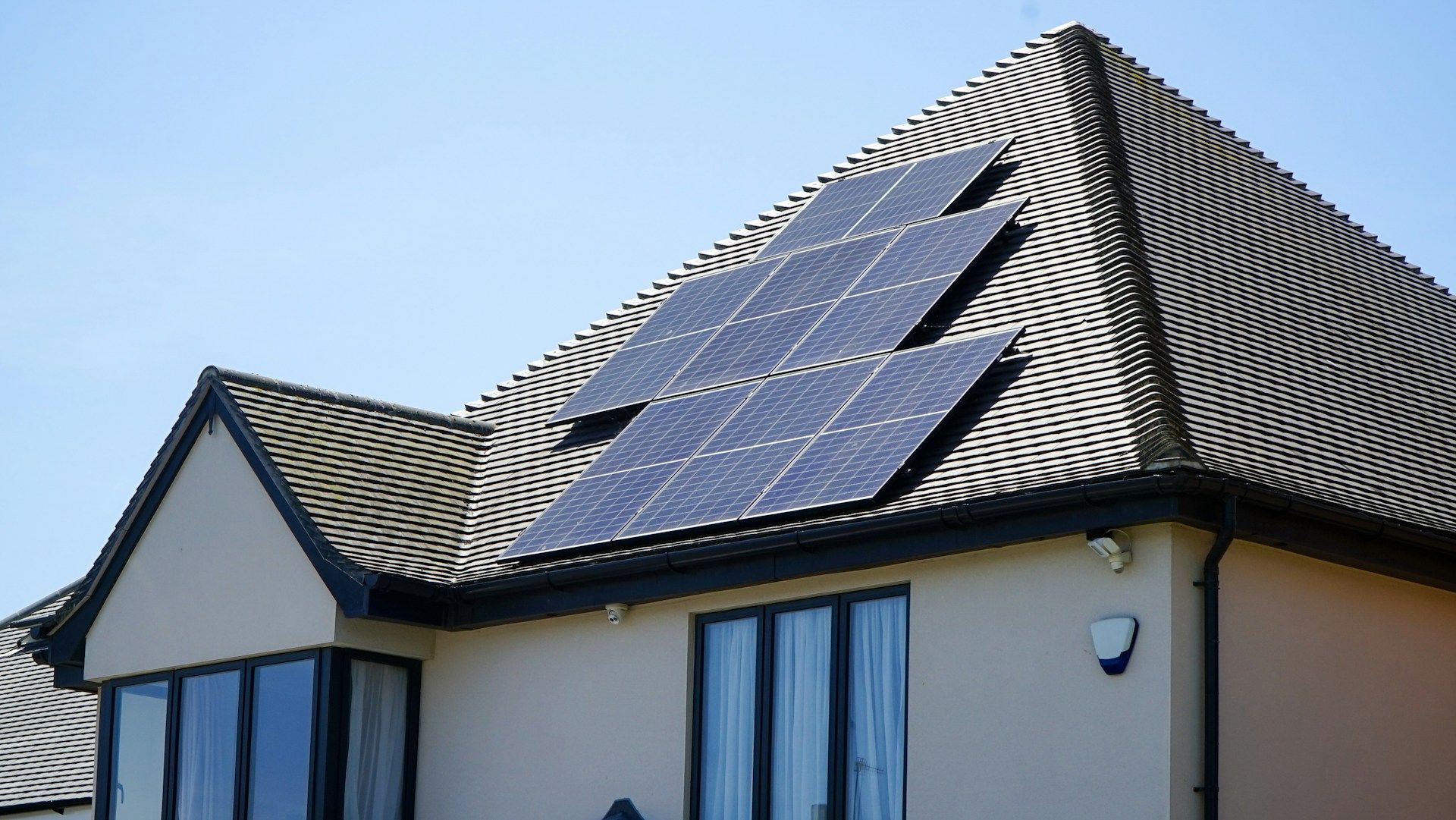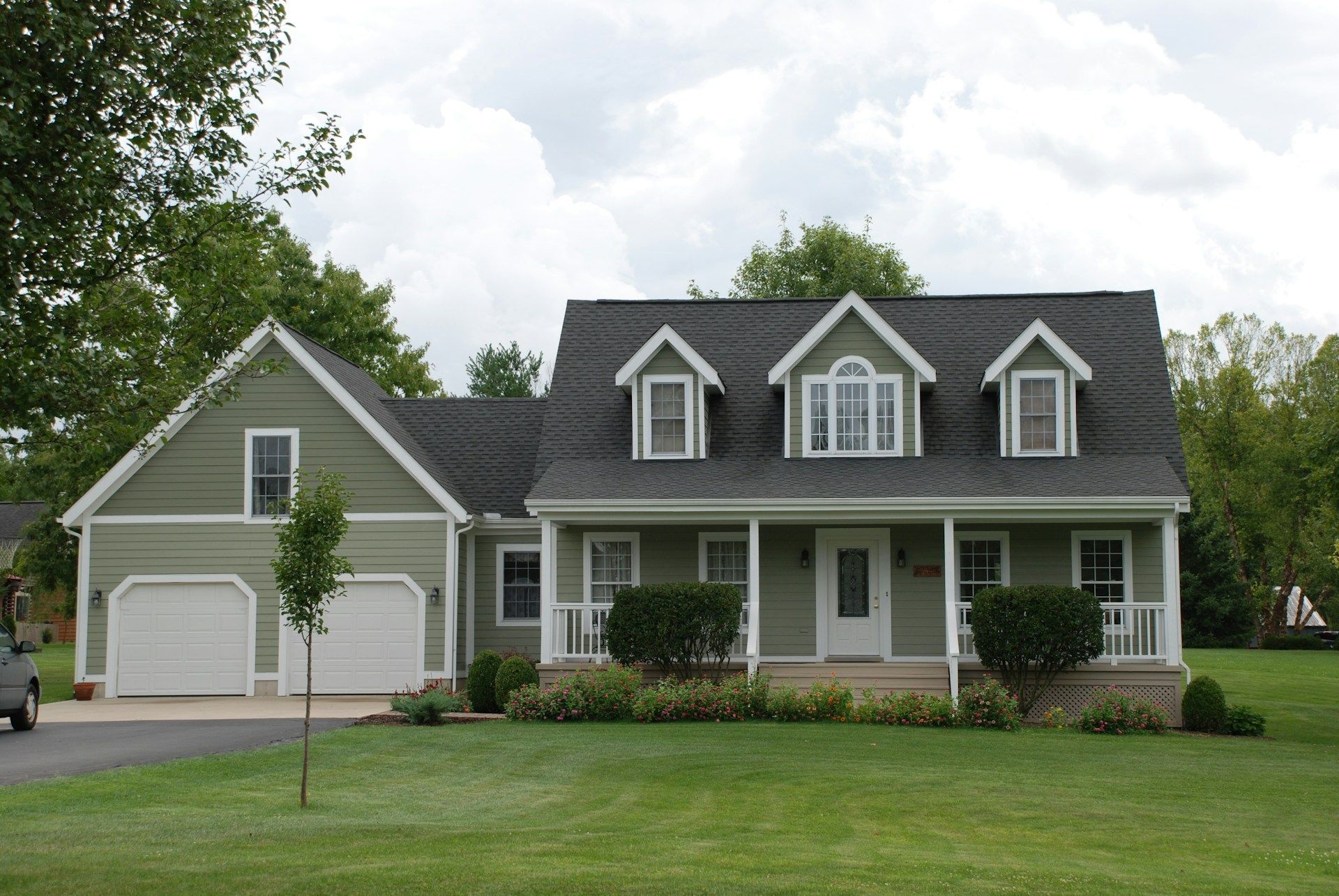What To Prepare Before Winter: A Maintenance Checklist to Protect Your State College Home from Snow and Ice
Protecting Your Home Before the Cold Sets In

In Central Pennsylvania, we know that the change of seasons isn’t just about colorful leaves; it's a a countdown to cold. Our winters bring beautiful snowfalls, but they also bring harsh conditions that can put your home’s exterior to the test. Proactive maintenance is the best defense against winter's worst, helping you prevent costly damage, from leaks and foundation cracks to ice dams.
This checklist is your guide to getting your State College home winter-ready. Think of it not as a list of chores, but as an investment in protecting your most valuable asset.
1. A Top-Down Inspection: The Roof
Your roof is your home’s first line of defense against snow, ice, and frigid temperatures. Before the first major snowfall, take a walk around your home with a pair of binoculars and inspect your roof from the ground. Look for:
- Missing or Damaged Shingles: Look for curled, cracked, or missing shingles. These are entry points for water and a sign that your roofing system is compromised.
- Chimney & Flashing: Check the flashing around your chimney, skylights, and vents. If it looks rusted, cracked, or loose, it needs to be repaired or replaced to prevent water from seeping into your attic.
- Attic Ventilation: While you can’t see this from the outside, proper attic ventilation is crucial for preventing ice dams. Heat from your home escaping into the attic can melt snow on your roof, which then refreezes at the colder edges, creating a dam. Ensure your attic is well-insulated and properly vented to prevent this.
If you find any of these issues, it’s a good idea to call in a professional roofer before winter sets in.
2. Gutter and Downspout Care
Clogged gutters are a primary cause of exterior damage in the winter. When gutters are filled with leaves and debris, melting snow has nowhere to go. This trapped water freezes and expands, putting immense stress on your gutters. Worse yet, it can lead to ice dams and water backing up under your roofline, causing leaks and interior damage.
- Clean them out: Clear all leaves, twigs, and debris from your gutters and downspouts. A simple pair of gloves and a bucket are all you need.
- Check for damage: Inspect for any cracks, loose seams, or sags. Make sure they are securely fastened to your home and that water drains away from the foundation.
3. Protect Your Porch, Deck, and Hardscaping
Your deck and patio are exposed to a brutal cycle of freezing and thawing. Protecting these spaces now will ensure they last for years.
- Decks: If your wood deck isn't sealed, consider applying a weatherproof sealant to prevent moisture absorption and cracking. Clear off all furniture, grills, and potted plants to prevent moisture from being trapped against the wood.
- Walkways and Patios: Inspect your concrete and paver walkways for any cracks. Fill them with an appropriate sealant to prevent water from getting in and expanding when it freezes, which can worsen the damage.
4. Windows, Doors & Siding
Your siding, windows, and doors are the exterior envelope of your home, and they need to be sealed tight to keep the warmth in and the cold out.
- Inspect and Seal: Look for gaps or cracks where your siding meets your window and door trim. Use high-quality exterior-grade caulk to seal these gaps.
- Check Weatherstripping: Go around to all your exterior doors and windows and feel for drafts. Replace any old, worn-out weatherstripping. This simple step can significantly improve your home’s energy efficiency and lower your heating bills.
- Siding Inspection: Check for any loose or cracked siding panels. A professional can easily repair these, preventing moisture from getting behind the siding and causing rot or other damage.
5. Prevent Pipe Disasters
Burst pipes are a homeowner's worst nightmare, and in a place like State College where temperatures can plummet, they are a real risk.
- Disconnect Hoses: Disconnect all garden hoses from your outdoor spigots. If left attached, any trapped water can freeze and cause the pipe inside your wall to burst.
- Shut Off Water: Locate the shut-off valve for your exterior water lines, typically in the basement. Turn it off for the winter and open the outdoor spigot to drain any remaining water from the line.
- Insulate Exposed Pipes: In unheated areas like your basement, crawlspace, or garage, insulate any exposed pipes with foam pipe sleeves.
6. Tree and Shrub Pruning
Snow and ice can add significant weight to tree branches.
- Trim Overhanging Branches: Prune any tree branches that are overhanging your roof, garage, or power lines. A heavy snow load could cause them to snap and cause serious damage.
By taking these proactive steps now, you can protect your State College home and enjoy a worry-free winter. For larger projects, like a full siding or roofing replacement, or for more complex issues you may uncover, the experts at PrimEX Exterior Solutions are here to help. We are dedicated to ensuring your home is beautiful, safe, and ready for whatever Mother Nature throws its way.




